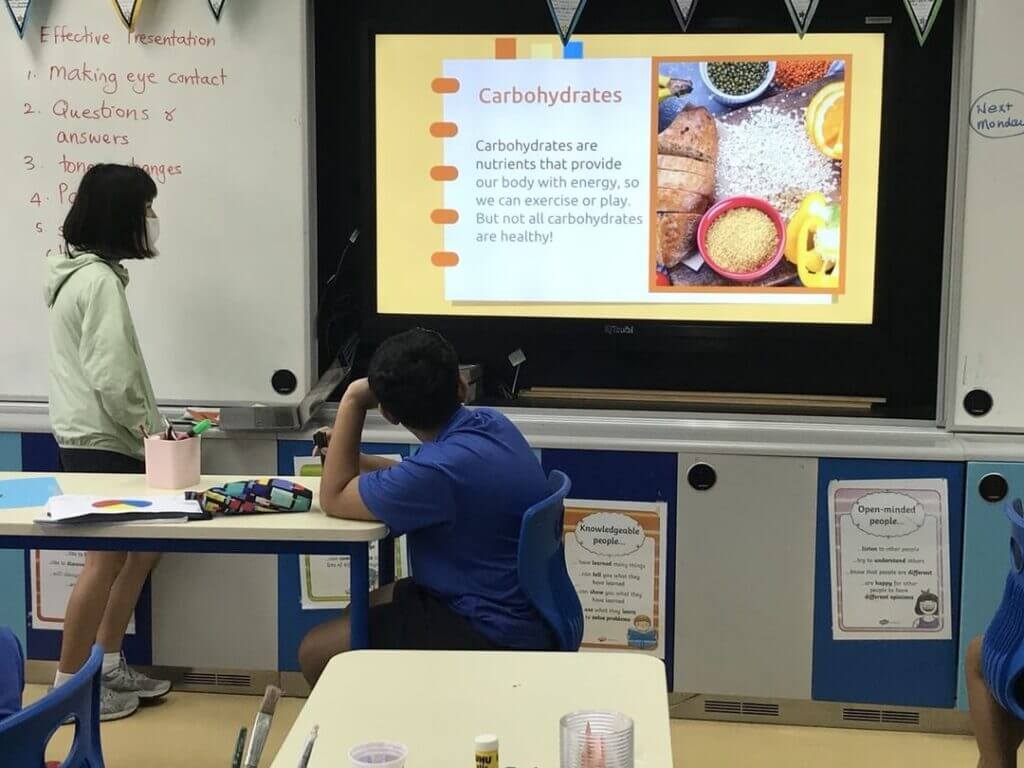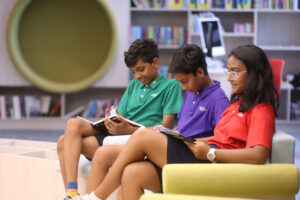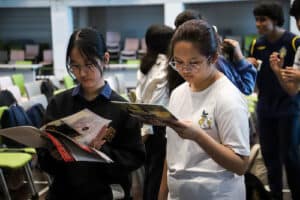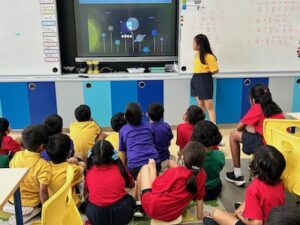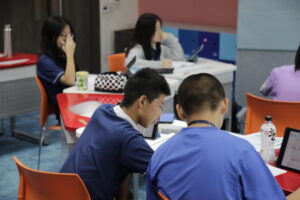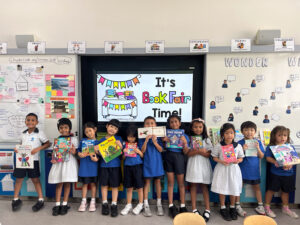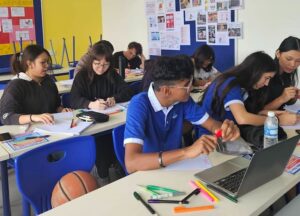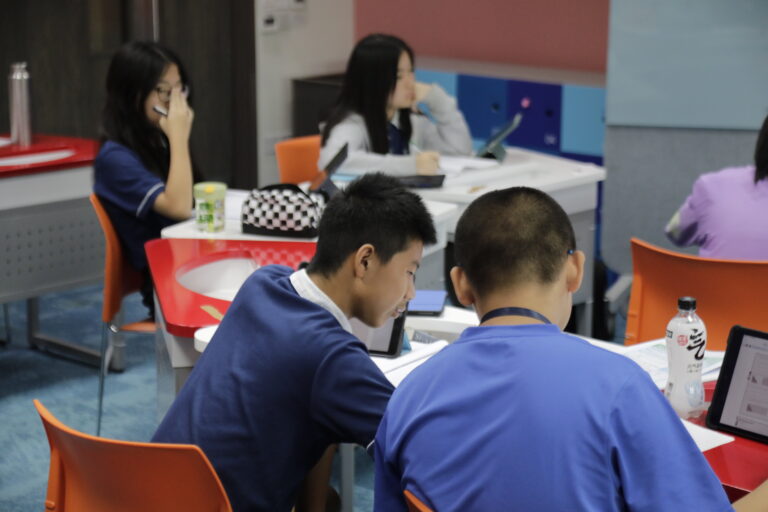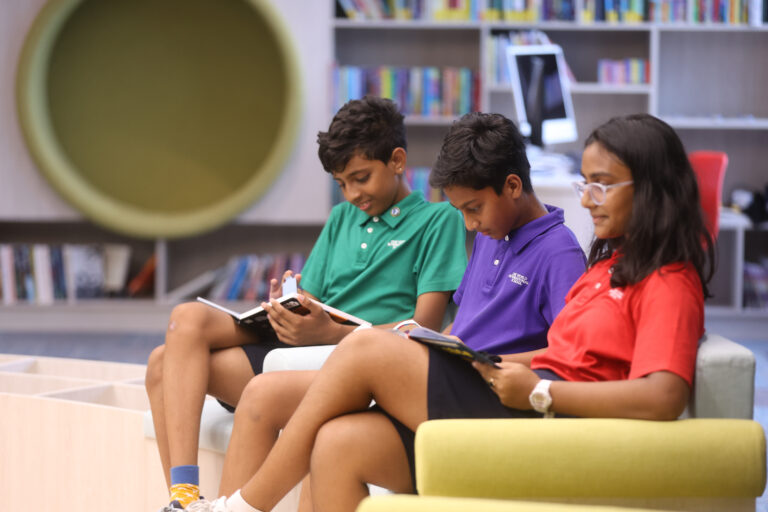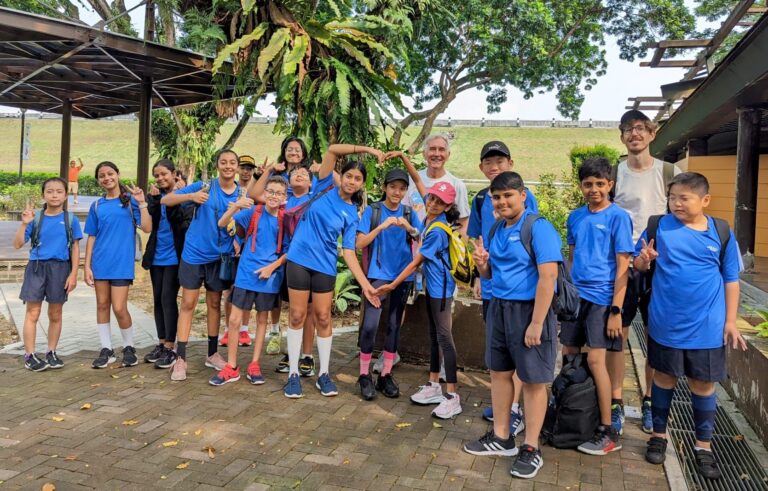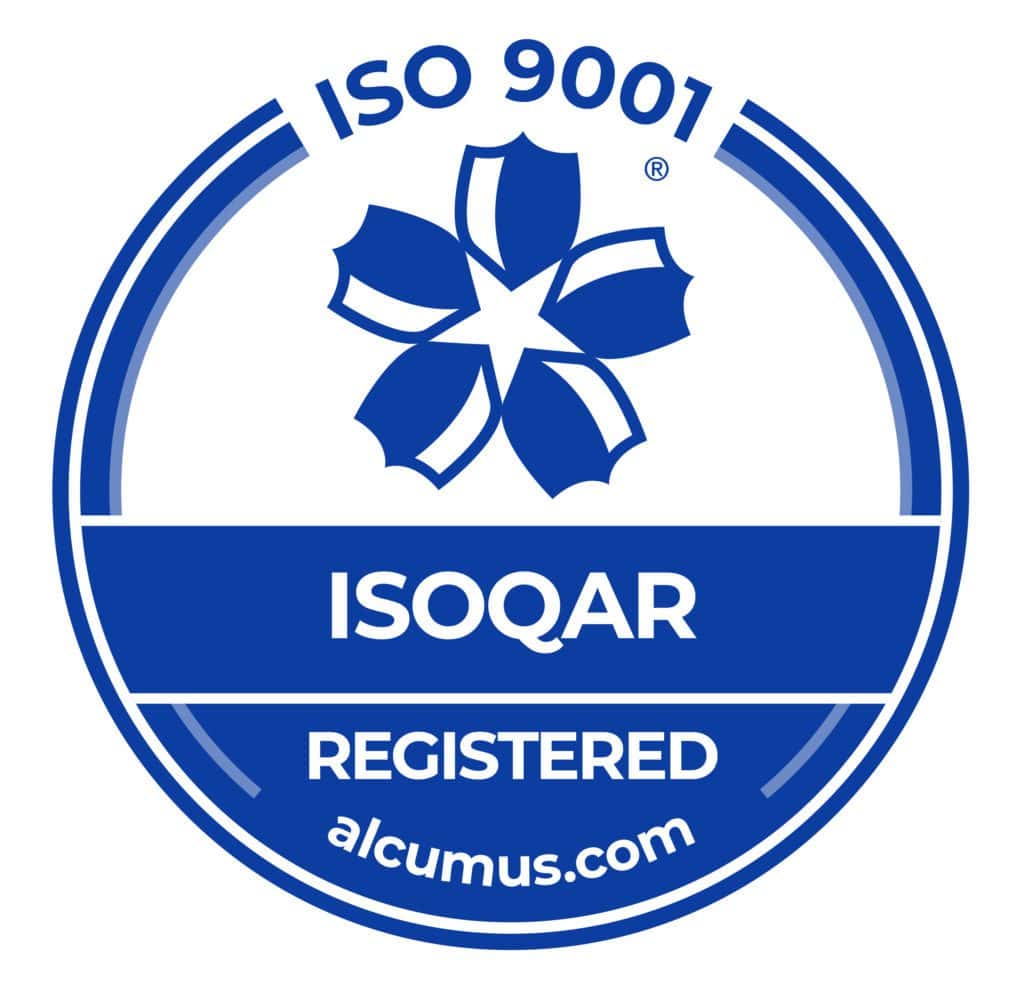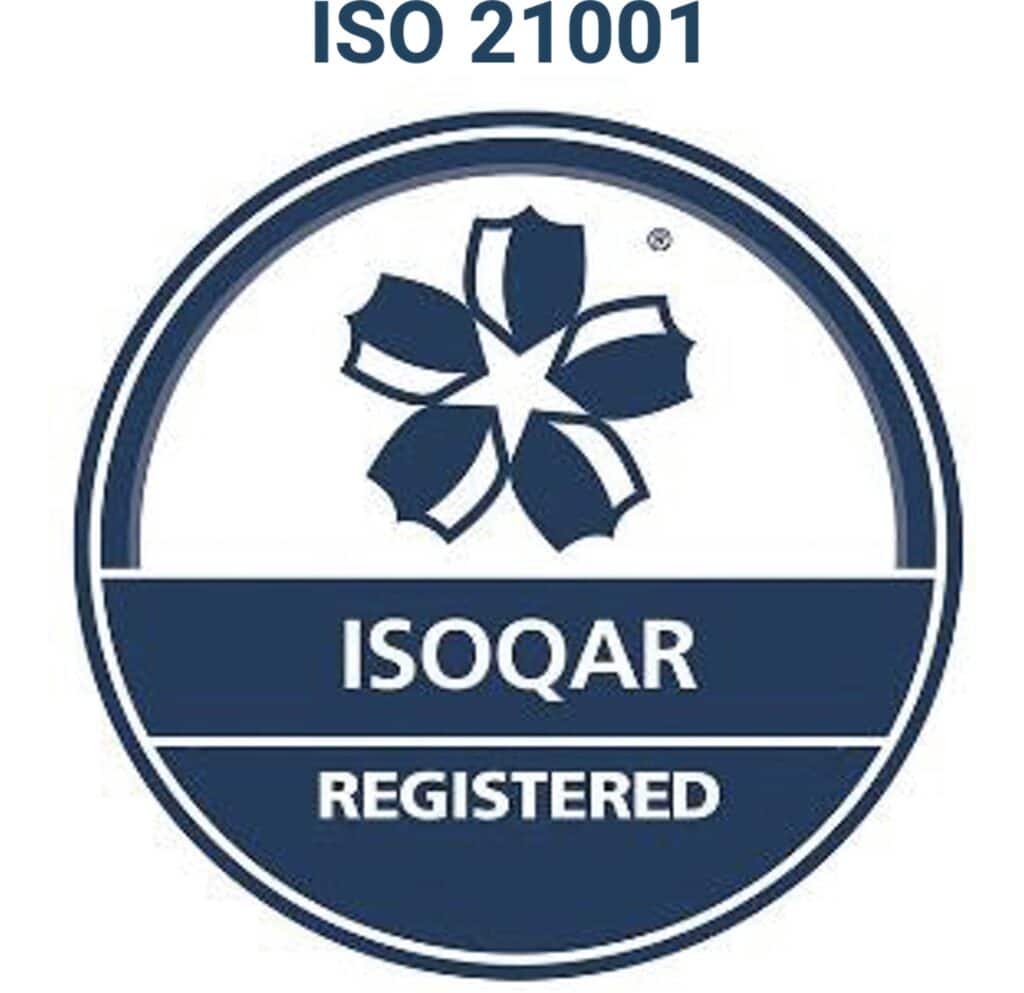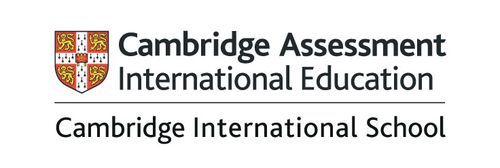With STEM (Science, Technology, Engineering, Maths) jobs predicted to be highly in demand in the future, it’s no wonder that the subjects have become an important offering in educational institutions. STEM education also teaches your child collaboration, problem-solving, critical thinking, creativity and other useful life skills that prepare them to contribute to the global workforce of the 21st century.
Recently, educators have added additional components for a balanced approach to STEM. Hence, now the focus is slowly shifting to STEM with Arts (or STEAM) and Reading (STREAM). All three approaches integrate related concepts into projects and lessons.
Differences between STEM, STEAM and STREAM

STEM, STEAM and STREAM are important in your child’s education but include subtle differences.
The much talked about STEM approach looks at these separate disciplines of Science, Technology, Engineering and Maths in an integrated manner to improve children’s conceptual understanding of theories. A well-implemented STEM approach takes into account individual learning styles and the best use of technology for learning as well. It’s said that STEM education in schools increases the likelihood of a child’s participation in related career fields when they grow older.
STEAM adds the learning and skills of various art disciplines, such as music, media and design, drama, and humanities. These disciplines teach children to exercise their creativity, learn how to innovate and practise ethics, morals, values and responsibility.
STREAM incorporates reading and writing literacy. This addition prompts the development of critical thinking, research and presentation skills, plus makes learning more engaging, relevant and accessible.
For example, children may read and follow instructions to combine paint colours as they practise Maths and measuring and explore Chemistry simultaneously. With one project, STREAM enhances academic learning and creates more well-rounded students who are prepared to achieve their full professional and personal potential.
Importance of Reading for Whole Child Development
The addition of reading to the STEM or STEAM approach has multiple benefits for students in Primary School grades:
1. Your child will be able to read instructions for conducting experiments and projects, and this will hone the skills they need to understand, explain and interact with all levels of STEM concepts.
2. To be future-ready, being able to decipher technical language and vocabulary for using digital devices, scientific equipment, or even software tools and apps is a good skill to have.
3. With well-rounded language skills that include communication, children will be able to express their point of view in a clear and meaningful way in exhibitions and presentations.
4. With a focus on literacy instruction related to STEM, your child will build their research skills and be able to access and understand the data given in information reports, scientific papers, academic journals, etc.
5. Along with reading, giving exposure to writing research or information reports in the Primary grades trains students to use specific vocabulary and formats, which is a helpful foundation to have in the older pre-university grades and later in college as well.
6. Reading increases access to STEM. It piques your child’s interests and opens up exciting worlds. With the addition of literacy, your child discovers new ideas, insights and thoughts.
How OWIS Supports STREAM and the Whole-Child Approach
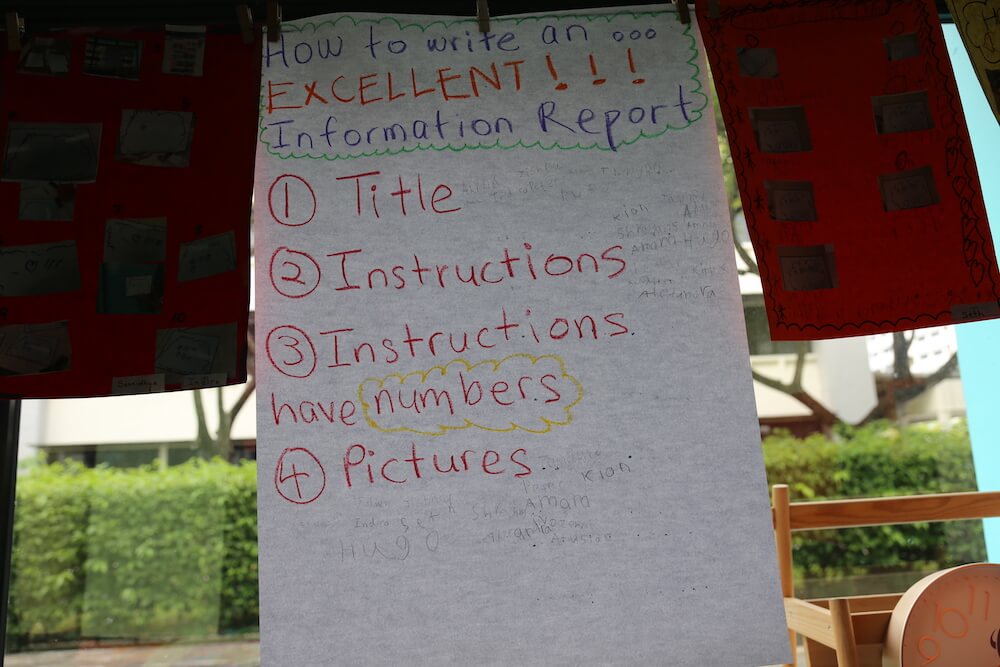
OWIS is a leading international school in Singapore that gives importance to the different aspects of STREAM. We incorporate language skills and the arts throughout our internationally-recognised inquiry-based IB PYP curriculum for the Primary school grades. We incorporate language skills and the arts throughout our internationally-recognised inquiry-based IB PYP curriculum for the Primary grades.
First, we incorporate problem-based learning methods and inquiry that open doors for students. In every class, we invite children to expand their worldview, and we give your child the ability to research, think, reason and deduct. Then, they use offline and digital sources to read up and enhance their knowledge and contribution to the class discussion.
Second, reading and writing remain integral parts of our curriculum. We introduce and incorporate strategies that match your child’s learning style and needs. For nurturing skills related to STEM, students have the opportunity to learn how to read instructions, interpret them, and create basic information reports right from Grade 1.
Third, we build speaking skills from an early age by encouraging students to express their point of view on a topic and share their experiences. All viewpoints, when communicated in a respectful manner, are welcome at OWIS. Listening skills are given due attention as students learn about various STEM-related concepts through engaging videos. This builds the confidence to communicate in English, especially for those students who may be from a non-native English speaking background.
Fourth, these four pillars of literacy – reading, writing, speaking and listening – all come into play in the culminating IB PYP Exhibition that learners take up at the end of Grade 5. They research information for their chosen topics, create information reports using formal language, use design sense based on their arts-related lessons to make the presentation visually appealing and present their findings to an appreciative audience of teachers, classmates and parents.
How to Support STREAM at Home
We incorporate STREAM throughout the year at OWIS, and we invite you to support your child’s STEM education at home, too. Look for ways to add the arts, reading and writing to your family’s everyday activities. Your support enhances and supplements your child’s learning and helps them advance essential skills.
1. Visit the library. Read books about STEM subjects, famous scientists and innovators, and other interesting topics.
2. Create a puppet show, design a building or draw animals. Encourage your child to exercise creativity and imagination as they solve problems and have fun during play.
3. Notice unusual architecture, plants and animals on outdoor walks, and use digital resources to research details about what you see.
4. Cook or bake together and discuss the Maths and Science behind the recipe’s steps.
5. Create and illustrate a book about your favourite STEM topics.
6. Discuss how electricity, computers and other household items work and research details about these inventions and how they impact daily life.
We believe that introducing STREAM knowledge and skills to our Primary learners gives them a well-rounded education that prepares them for Secondary school and higher learning. Schedule a virtual tour today to find out more.
(This blog was written in collaboration with Ms Joann Hernandez, former Grade 2 teacher at OWIS Nanyang.)
